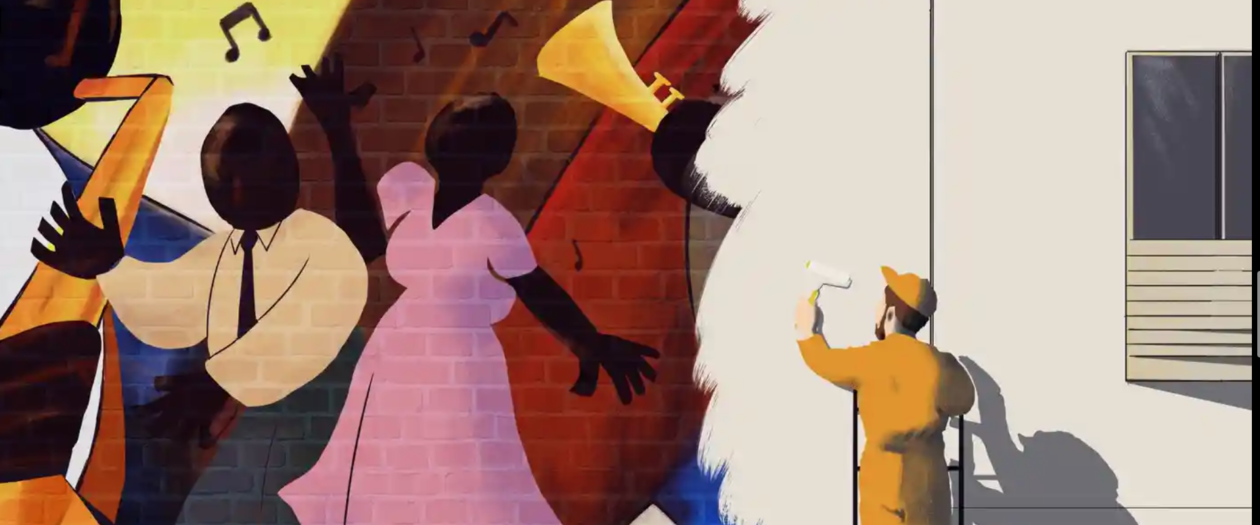In this field research study, the issue of Harlem’s Residential Gentrification along with its impact on the community. In addition, political and tenant advocacy solution-based resources were examined. The scope of this research covers various areas of Harlem, East, Central, and West. The main question that drove this research was how has gentrification affected the residential aspect of Harlem? Other questions such as how have political and tenant advocacy resources contributed to the residential gentrification of Harlem? Were also explored. Preliminary online research points to possible answers to these questions such as, during the time that the influx of whites start to increase in Harlem, the low-income families start to get displaced due to the increases in rent leaving many households available for others to move into. Not only that but an increase of rehabilitation in old buildings stocks also plays into it, the buildings are being remodeled to feed into the new residents’ aesthetic. To determine whether this hypothesis is plausible within the scope of this study, field research was conducted. The objective of this research is to analyze what drove residential gentrification in Harlem and what factors made it expand. The following study consists of interviews with the political and non-profit sectors, surveys of the general public, and observations in the field.


